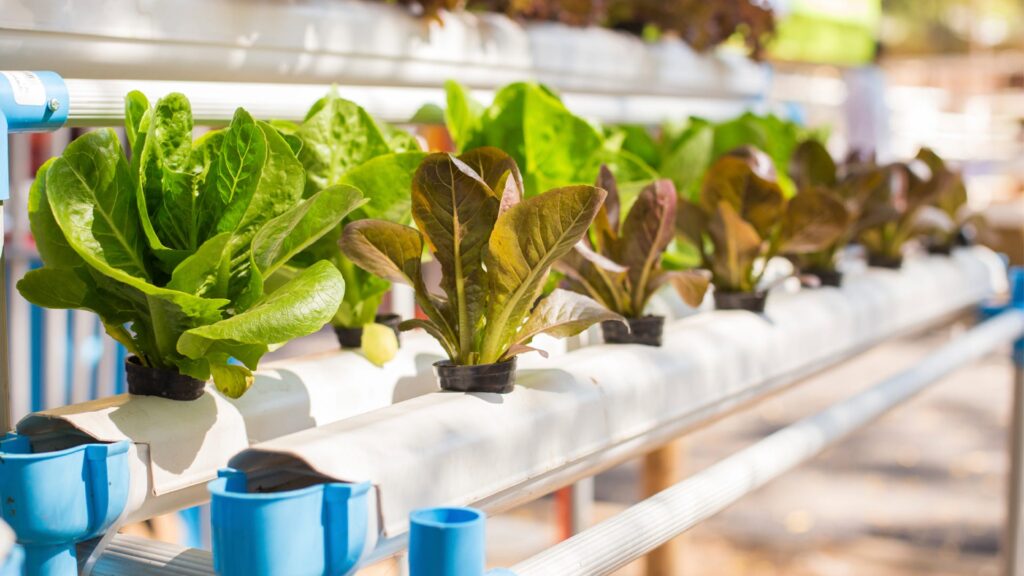Hydroponic gardening is ideal for urban and controlled indoor environments. You simply grow your plants and supply them with the necessary nutrients. It’s crucial that you employ the best strategies to maximize your yield. You should follow proper gardening techniques to get higher quality produce while minimizing wastage. This is what makes hydroponic gardening a more sustainable practice. Let’s discuss how you can maximize your yields.
Choosing the Right Hydroponic System
Hydroponic gardening is economically viable in indoor settings. When you maximize your yields, you enable proper space utilization and increase productivity. Even better, your crops will have fewer defects. That said, you must fine-tune your environment to achieve the best possible outcome.
As you set up your system, you should visit a hydroponic garden store. You’ll learn about the nutrient solutions available and the level of maintenance required for the systems. If the hydroponic gardening store offers ongoing support, you can seek guidance on how to set up your system. Some offer advice on the best strategies to scale up your garden.
Hydroponic Gardening Practices
To ensure a successful gardening system, you need to grasp the fundamentals of hydroponics. Your local hydroponics store can provide insights into the ideal plants for your setup.
Optimizing Nutrient Solutions
First, you should understand plant requirements before choosing the right nutrient solution. It’s formulated for different growth stages, so you should narrow down your research to specific plants. Furthermore, you need to mix the nutrients thoroughly while maintaining proper solution temperatures.
Maintaining Proper pH and EC Levels
You should maintain proper electrical levels and PH in your hydroponic system. At its core, EC indicates nutrient strength in the solution, while PH measures the level of acidity and alkalinity. Both are crucial for nutrient uptake. To ensure effective EC and PH management, you should:
- Calibrate the meters by following the manufacturer’s instructions
- Maintain proper record of readings
- Avoid sudden shifts in PH and EC
- Select high-quality nutrient adjusters
Maximizing Light Exposure
You’ll achieve optimal yields by maximizing light exposure. Research the requirements for specific plants and adjust the spectrum as required. It’s also important that you place the lights at strategic points – focus on covering the entire canopy. If you don’t have sufficient light, use reflectors to direct light towards your plants.
Efficient Water and Air Circulation
You should optimize air and water solutions in your hydroponic system. The flow rate should be appropriate, so you should adjust it accordingly. You also need to test the rates based on the results.
The best strategy to ensure efficient air circulation is using oscillating fans. Your overall goal is to maintain a stable environment and ensure that air and water are within the recommended range for plant growth.
Regular Maintenance and Monitoring
- Check the PH levels
- Ensure nutrient solutions are mixed accordingly
- Clean the system components regularly
- Remove debris that can affect light intensity
- Use thermometers to track humidity levels
- Visually inspect the plants for signs of pests and diseases
- Maintain proper hygiene
- Address issues that may compromise plant growth
Conclusion
To maximize yields in your hydroponic system, choose well-formulated solutions, maximize light exposure, and ensure efficient air and water circulation. Additionally, you should maintain the recommended PH and EC levels. Be prepared to adjust practices based on system performance. If you want to maximize yields in your system, visit a hydroponic store for supplies and expert guidance.






